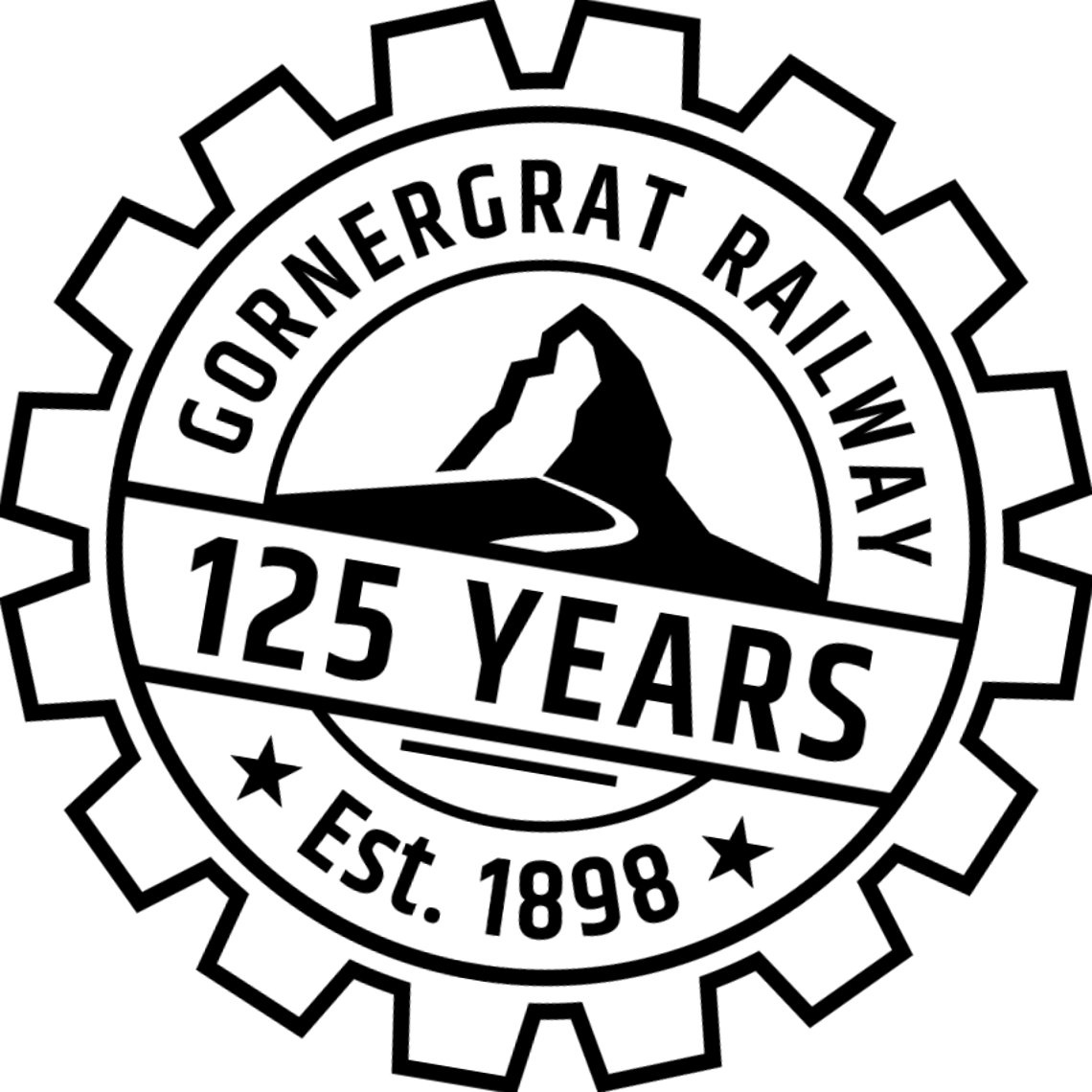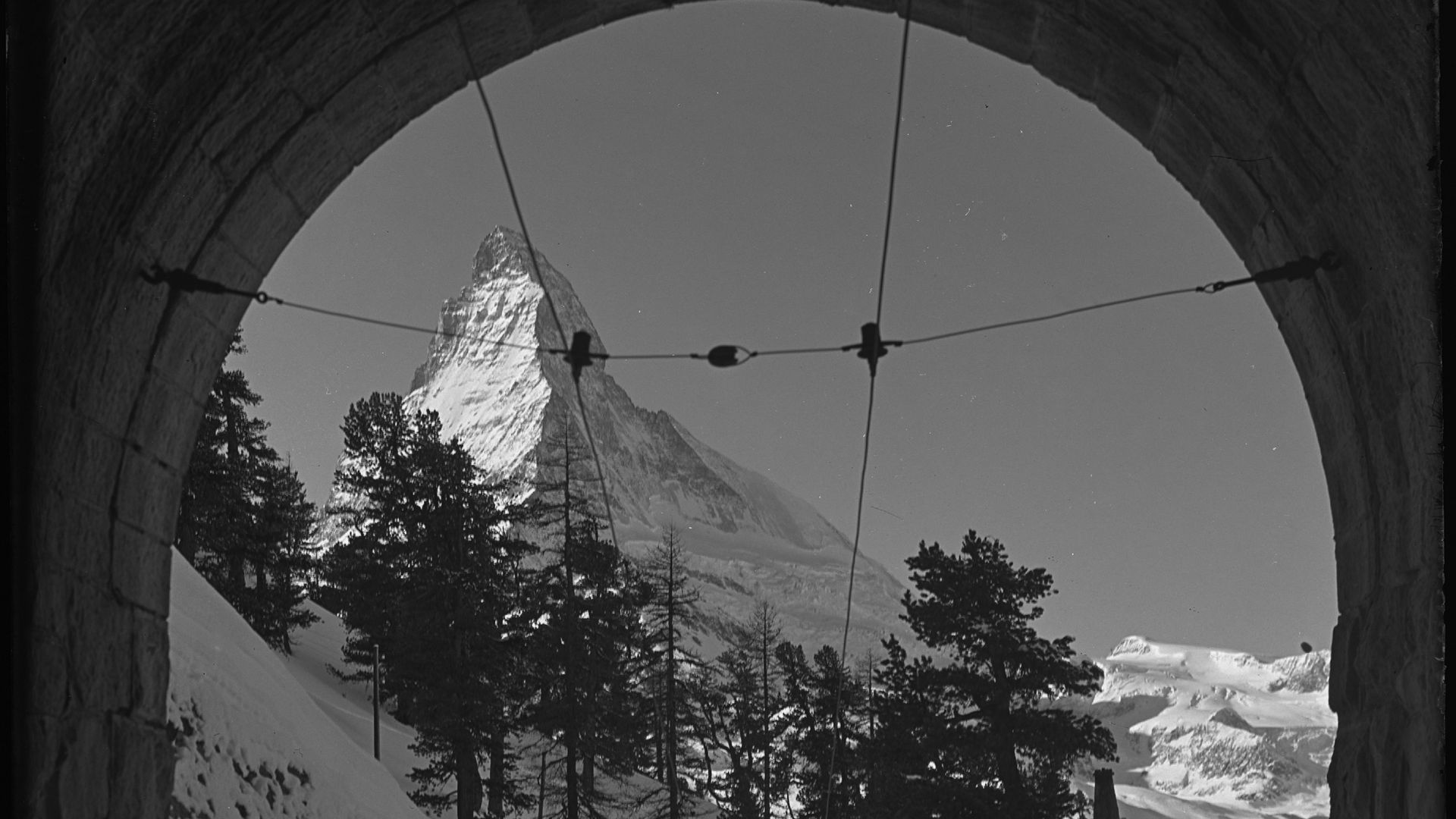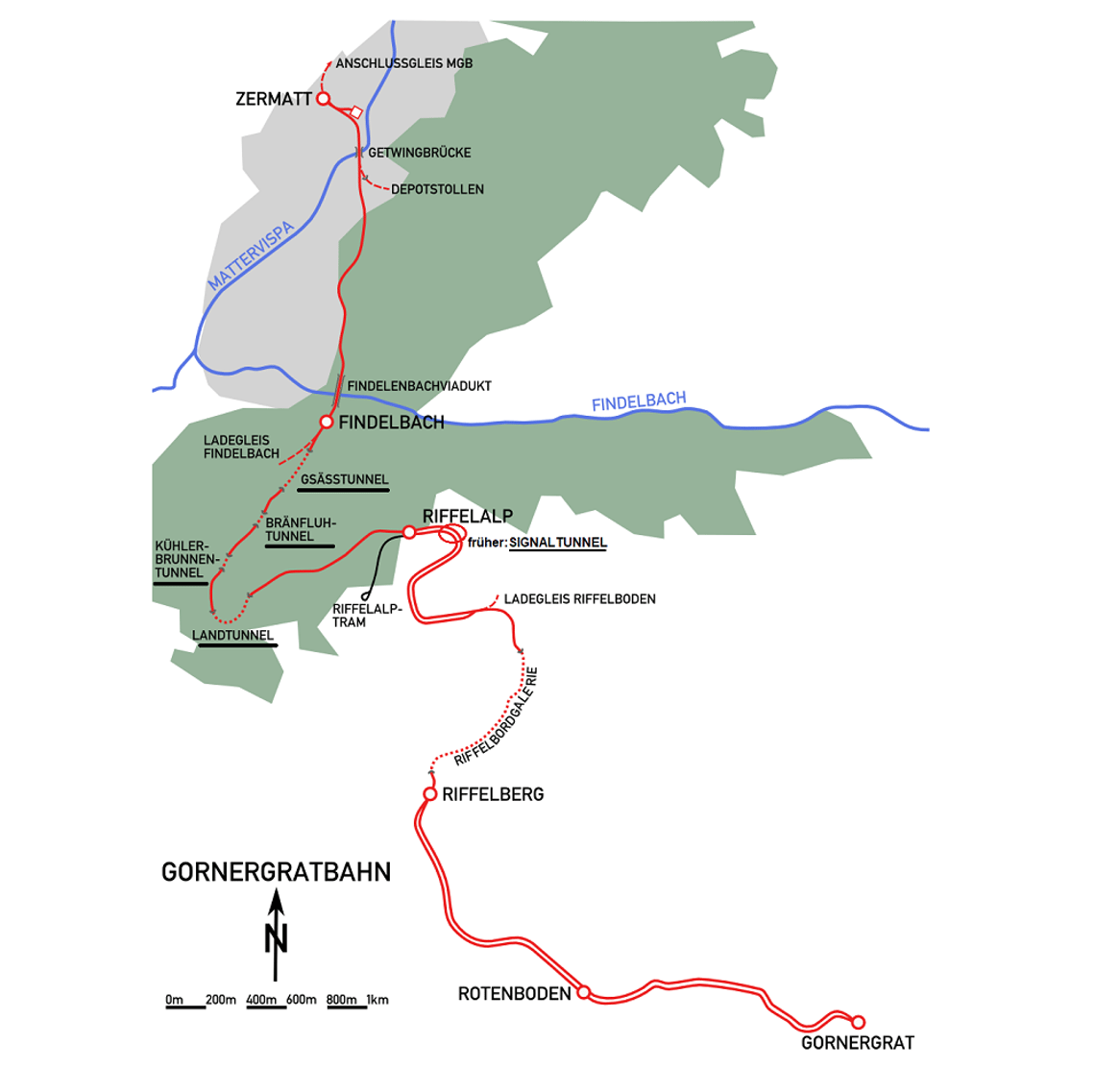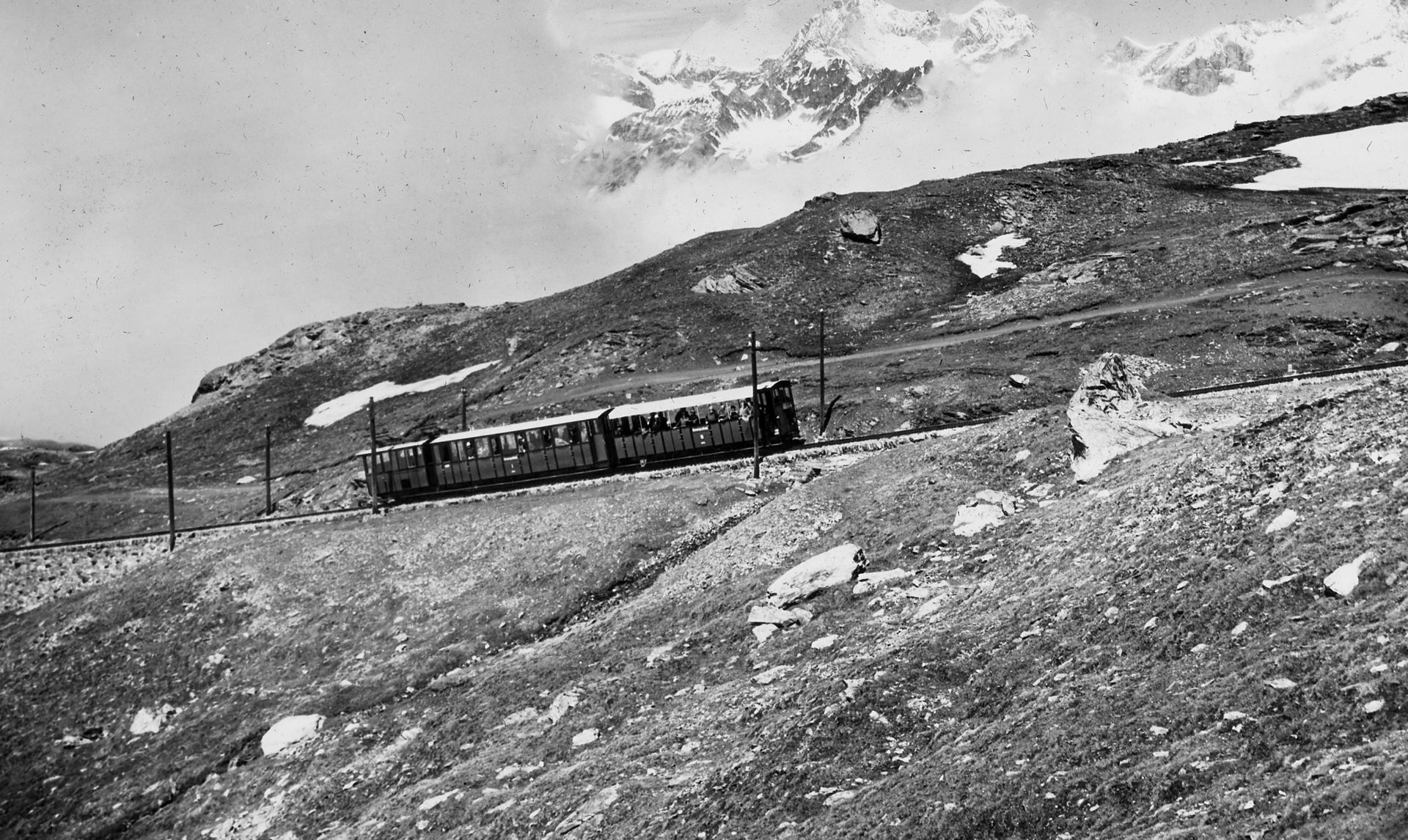Tunnels as a structural challenge
Story 5
When it opened, the Gornergrat Railway passed through 5 tunnels on the line between Zermatt and Riffelalp: Gsäss Tunnel (40 m), Bränfluh Tunnel (58 m), Kühlerbrunnen Tunnel (19 m), Land Tunnel (179 m – formerly also referred to as the Unteralp Tunnel) and the Signal Tunnel (51 m).
Big project – little time
Due to the ambitious construction plan, the construction company Greulich & Haag also built the tunnels in winter. This was because a fine of CHF 2,000 was imposed for every day the opening was delayed. At that time, Greulich & Haag undertook to build the railway under contractually stipulated conditions. The specifications required the construction company to provide the following services for a lump sum of CHF 3,000,000: the definitive construction project, the construction of the railway including the power plant and the electrical installations, the acquisition of the land and water usage rights, as well as the procurement of rolling stock and furniture. To make the most of the time available, the construction company housed around 150 men in barracks on the Riffelalp so that the workers could carve out all the tunnels during the winter of 1896/97. The construction management had problems with the night-time blasting ban in the canton of Valais and the sometimes very hard rock faces. Sometimes, the construction workers had to use up to 30 drills for a hole of 35 cm. The first three tunnels were carved into solid rock and did not require any lining. In contrast, the Land Tunnel and Signal Tunnel were walled up along the entire length.
Delayed opening
The railway company agreed to open the railway on 1 July 1898. The construction company was unable to meet this deadline due to the late snowfall in the spring. The people in charge finally opened the railway on 20 August 1898. It has not been possible to determine whether the railway charged the construction company a fine for the delay.
Today, the railway continues to pass through four tunnels. The Signal Tunnel above Riffelalp station was demolished in 1962. It crossed water-bearing terrain. Sustainable refurbishment was no longer possible. Due to the high rock pressure, the Land Tunnel had to be renovated between 1971 and 1973.
As the railway initially only operated during four summer months (June to September), these tunnels were sufficient. However, further structural measures were required for the start of winter operations. More on this later.



